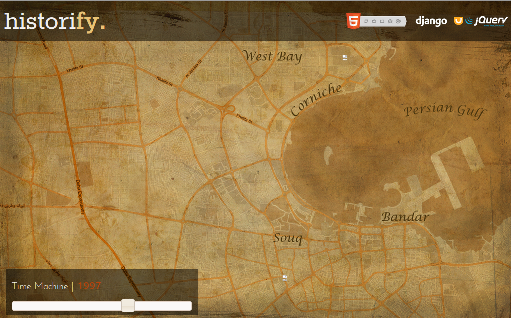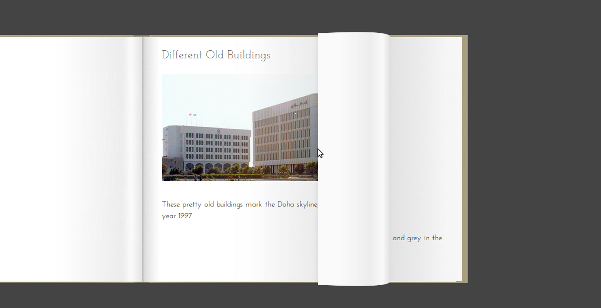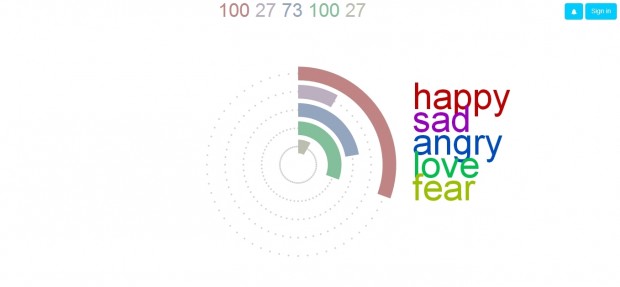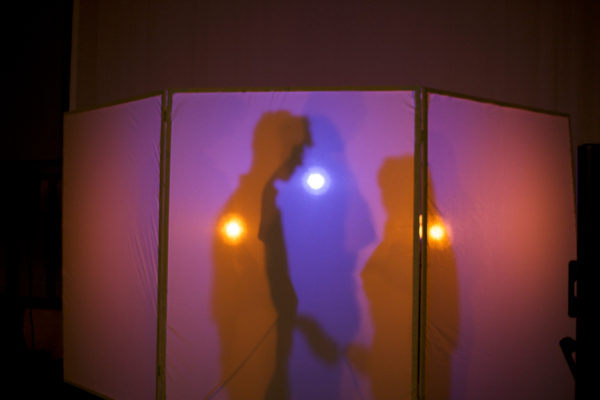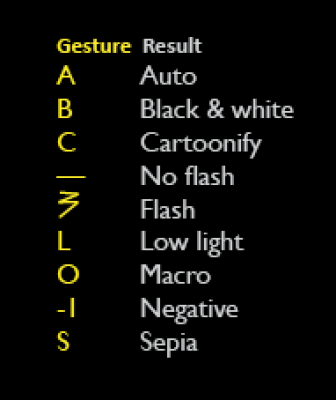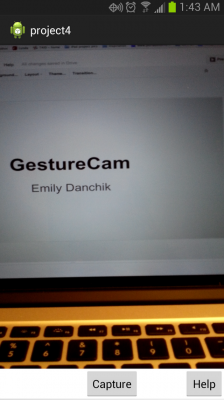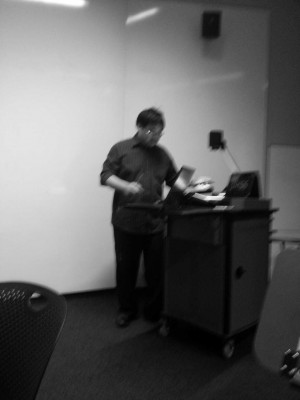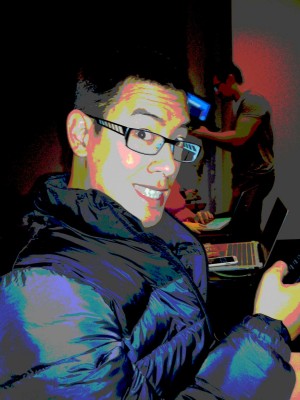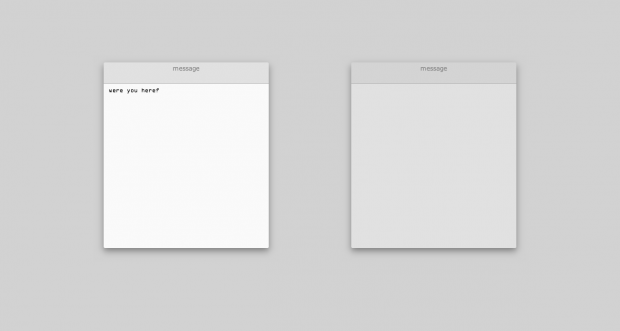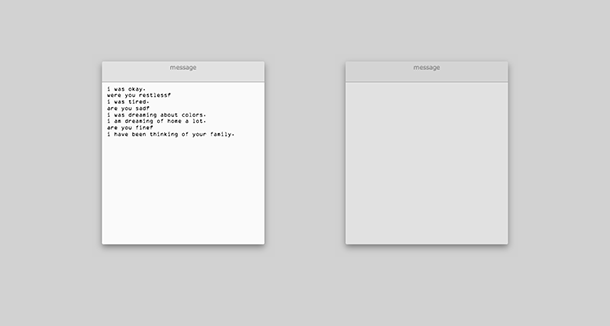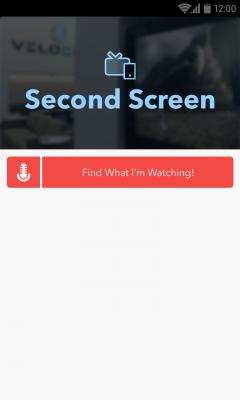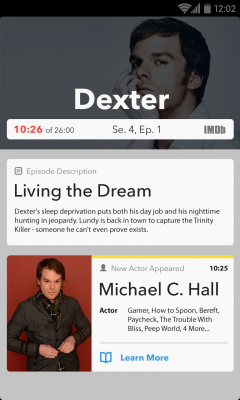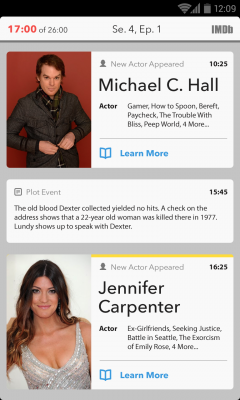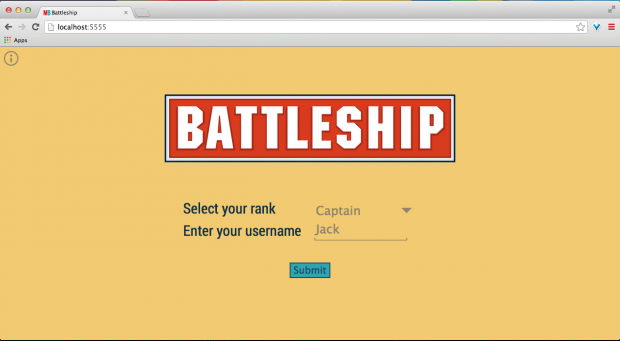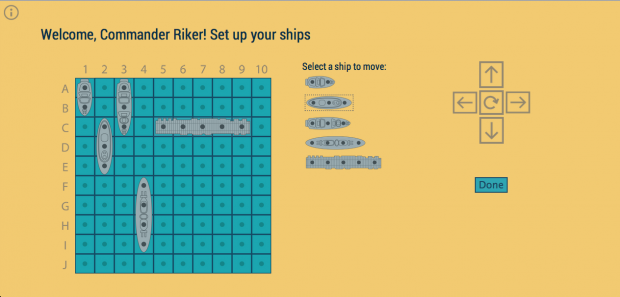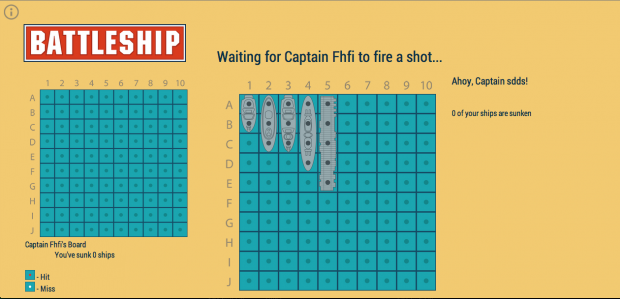My name is Daniel Vu. I normally go by Daniel or Dan. I am a super senior in BFA Art program with a concentration in ETB (Electronic and Time Based work). I would say for the most part I do 3D modeling with a bit of branching into many other fields in art from course work. I enjoy playing games, and making them as part of CMU’s Game Creation Society is another thing that I like doing.
In regards to this class, I don’t actually have that much confidence in my programming ability, but I will give it my best. I have some minor experience here and there mainly from classes– so I am familiar with digital art, using code as an art form, and several of the topics in the course. I hope to improve my skills and make something really cool at the end of the semester. As far as what I want from this class, I think I would like to see more interesting interactive work, Kinect or other computer vision stuff, and video game related projects.
A tiny prototype information visualization project I did for another class called Environmental Hackfest is this thing I call ‘The Top Ten’ written in Processing.
The Top Ten
 What it is, is a basic interactive visualization of the top ten countries that produce the most CO2 emissions. The user can click on one of the implemented countries that is highlighted when moused over and additional information and charts will be presented.
What it is, is a basic interactive visualization of the top ten countries that produce the most CO2 emissions. The user can click on one of the implemented countries that is highlighted when moused over and additional information and charts will be presented.
I haven’t used them yet but:
Twitter: @flock_of_sheep
GitHub: SheepWolf

